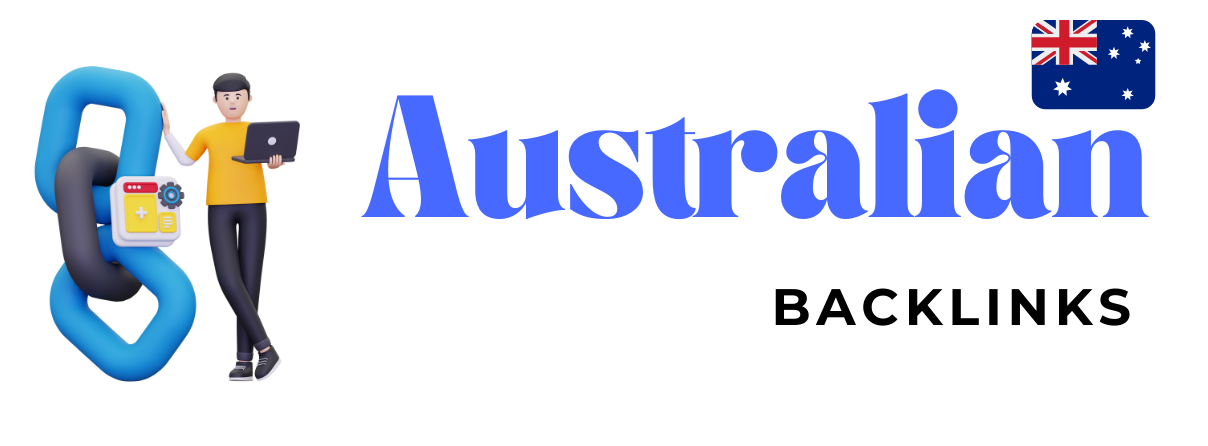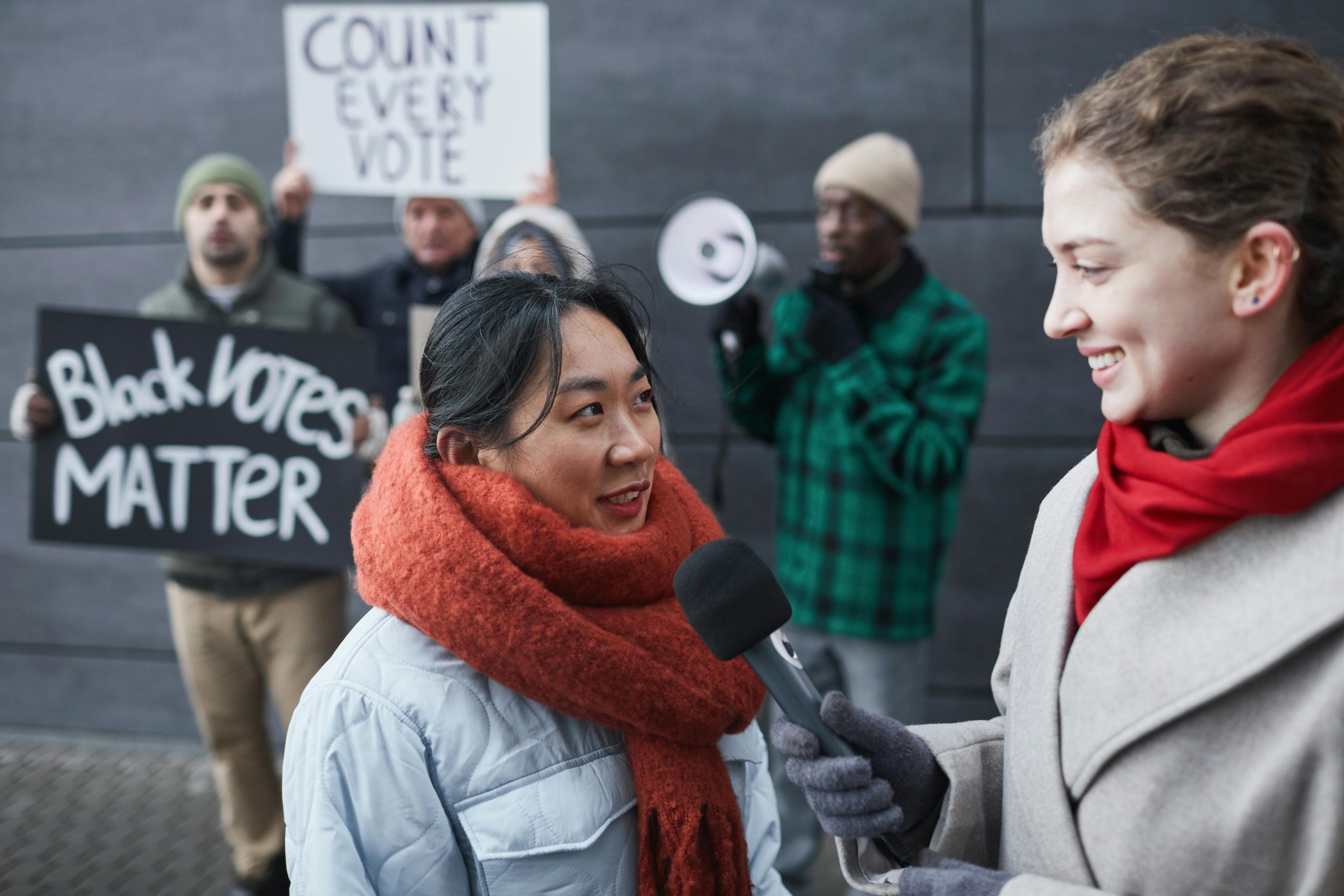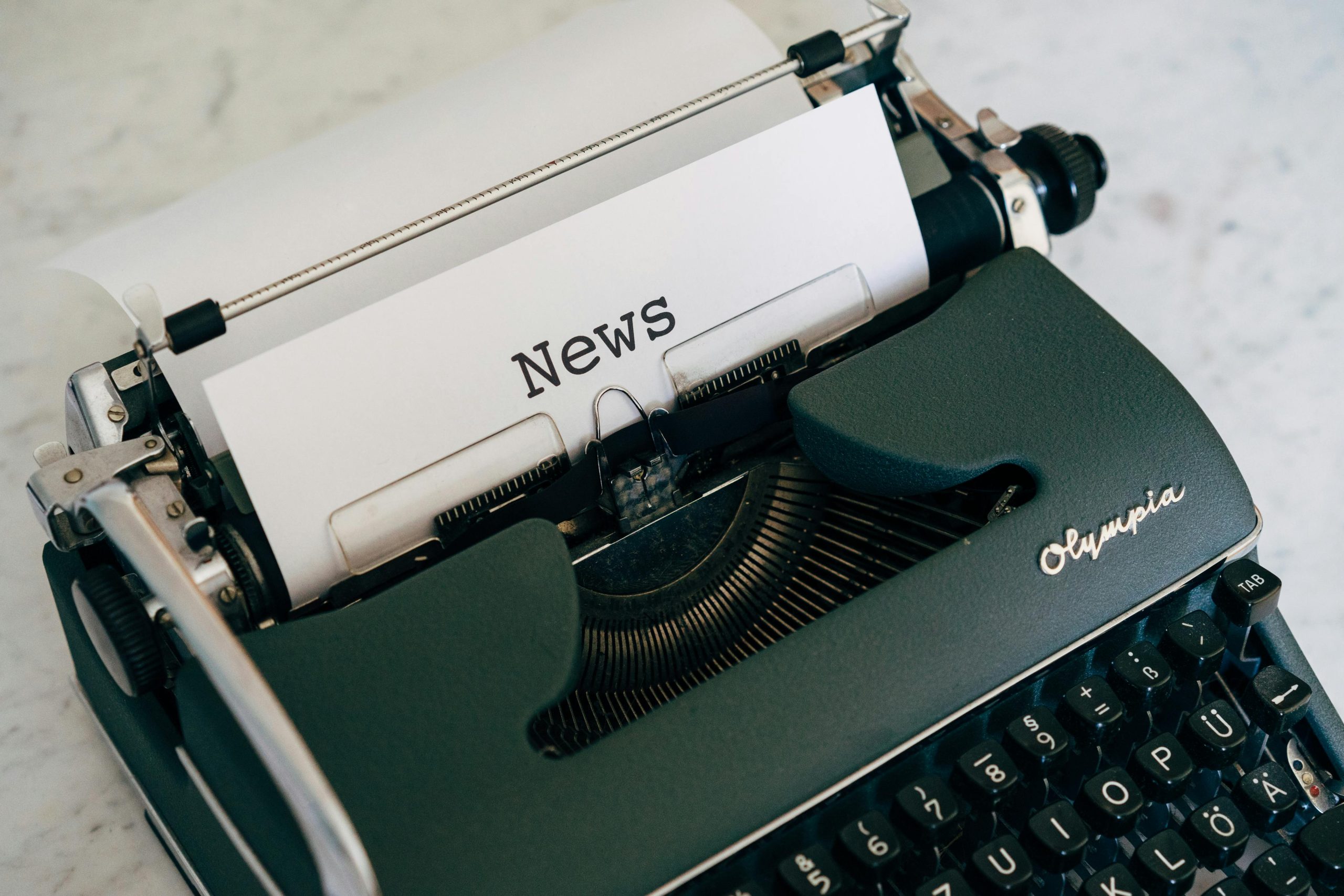Introduction
Outreach is the engine of modern growth. Whether you’re building backlinks, running sales campaigns, pitching journalists, or connecting with potential partners, outreach is how opportunities are created. But here’s the catch: generic, copy-paste messages rarely work anymore. Decision-makers are bombarded with hundreds of cold emails, LinkedIn messages, and pitches daily, and most end up in the trash.
The only way to stand out is personalization. Yet, while it’s easy to personalize a few emails, how do you do it when sending hundreds or thousands of outreach messages every month?
This blog dives into how to personalize outreach at scale — blending automation with authentic human touches to increase response rates without burning out your team.
Why Personalization in Outreach Matters

1. Higher Response Rates
Personalized emails are proven to generate 2–3x higher open and reply rates than generic ones.
2. Stronger Relationships
Tailored outreach makes recipients feel valued, which builds trust and long-term partnerships.
3. Competitive Differentiation
Most outreach is still spammy. A small dose of personalization sets you apart.
4. Better ROI
When each email has a higher chance of converting, your overall campaign efficiency improves dramatically.
Challenges of Personalizing at Scale
- Time Constraints: Writing a custom message for each contact is impractical at volume.
- Data Quality: Personalization depends on accurate, up-to-date data. Poor data = poor personalization.
- Balancing Automation & Authenticity: Too much automation feels robotic; too much manual effort slows scalability.
- Message Consistency: Teams risk diluting brand voice if everyone personalizes differently.
Core Strategies for Personalizing Outreach at Scale
1. Segment Your Audience
Not all prospects need the same level of personalization. Break down your audience into priority tiers:
- Tier 1 (High-Value): Enterprise clients, journalists, key partners → heavy personalization (custom lines, research).
- Tier 2 (Mid-Tier): Qualified leads → semi-personalized using templates with dynamic fields.
- Tier 3 (Low-Tier): Broad campaigns → light personalization (name, company, role).
This ensures you spend the most effort where it matters.
2. Use Dynamic Fields in Templates
Leverage mail merge or outreach software to insert details such as:
- First name
- Company name
- Job title
- Recent activity (blog post, funding round, product launch)
Example:
Hi [First Name], I noticed [Company] just launched [New Product]. Congrats on the rollout — impressive growth!
3. Reference Trigger Events
Tie your outreach to a specific trigger:
- Funding announcements
- Job changes (via LinkedIn)
- Press coverage
- Content published by recipient
Trigger-based outreach feels timely and relevant, making it harder to ignore.
4. Personalize Around Content Engagement
- If someone engaged with your webinar, mention it.
- If they downloaded a whitepaper, reference it in your email.
- If they commented on LinkedIn, connect the dots.
This shows you’re paying attention rather than sending blind pitches.
5. Personalize at the Account Level (ABM Approach)
For high-value B2B prospects, focus on account-level personalization:
- Pain points in their industry.
- Competitors they’re up against.
- Opportunities for collaboration.
You don’t need to personalize every detail for every contact — just align with the company’s strategic goals.
6. Layer Social Proof Into Templates
Personalization isn’t only about the recipient; it’s about why you’re credible to them.
- Reference mutual connections.
- Mention similar companies you’ve worked with.
- Cite industry publications you’ve contributed to.
Example:
We recently helped [Similar Company] increase [metric]. I thought you might find the results relevant for [Their Company].
7. Leverage Multi-Channel Personalization
Don’t stop at email. Personalize across:
- LinkedIn: Comment on posts before sending a message.
- Twitter: Engage with their tweets.
- Direct Mail/Video: Send a short, personalized video to high-value targets.
Multi-channel touches reinforce authenticity and increase the likelihood of replies.
Tools That Enable Personalization at Scale
Personalization at scale is impossible without the right tech stack. These tools help automate repetitive tasks while leaving room for authentic customization.

1. CRM Systems
Platforms like HubSpot, Salesforce, or Pipedrive store detailed customer and prospect data. By enriching records with job titles, company size, industry, and interactions, you can segment lists and auto-insert relevant details into outreach templates.
2. Outreach & Sales Engagement Platforms
- Outreach.io, SalesLoft, Apollo, Lemlist
These platforms allow you to run personalized email campaigns with dynamic variables and conditional logic. For example, you can show one line to CTOs and another to Marketing Directors in the same campaign.
3. Data Enrichment Tools
- Clearbit, ZoomInfo, Lusha, Apollo
These tools pull fresh data like funding rounds, tech stack, employee growth, and news mentions, which fuel personalization.
4. Social Listening & Alerts
- Google Alerts, Mention, Brand24
Monitor mentions of your prospects’ companies or industries so you can send outreach triggered by real-time events.
5. Personalization Add-Ons
- Hyperise or Vidyard: Add personalized images/videos into emails (e.g., prospect’s name on a whiteboard).
- Crystal Knows: Gives personality insights so you can adjust tone to match recipient’s communication style.
Workflow for Scaling Personalized Outreach
Here’s a step-by-step campaign workflow:
Step 1: Define Segments
Split prospects into Tier 1, 2, and 3 based on value.
Step 2: Enrich Data
Use enrichment tools to add firmographics (company size, funding, industry trends) and engagement history (webinars attended, content downloads).
Step 3: Build Template Frameworks
Write core templates with:
- Dynamic fields (name, company, title).
- Placeholder for 1 custom sentence.
- Clear CTA.
Step 4: Add Personalization Layer
For Tier 1: Research each person and insert a unique sentence.
For Tier 2: Use account-level personalization (e.g., company’s recent announcement).
For Tier 3: Stick to light personalization (role + company).
Step 5: Launch Multi-Touch Sequences
- Day 1: Personalized email
- Day 3: LinkedIn connection request + comment on their post
- Day 5: Follow-up email with added value
- Day 10: Call (for high-value leads)
Step 6: Track & Optimize
Measure open rates, reply rates, and conversion rates. A/B test subject lines, CTAs, and personalization depth.
Best Practices for Personalized Outreach
- Quality Over Quantity
Don’t send 1,000 generic emails when 200 highly personalized ones yield better results. - Personalize the First Two Lines
People decide in seconds whether to read or delete. A personal opener (“I read your article on X” / “Congrats on Y”) sets the tone. - Make It About Them, Not You
Avoid “we/we/we” messaging. Focus on their goals, their pain points, their success. - Don’t Fake Personalization
Generic compliments (“I love your blog”) backfire if they’re not specific. Authenticity always wins. - Respect Boundaries
If someone doesn’t engage after 3–4 attempts, move on. Spamming ruins brand reputation.
Real-World Case Studies
Case Study 1: SaaS Startup Scaling Outreach
A SaaS startup segmented prospects by funding stage. For companies that had just raised Series A, they mentioned “Congrats on raising funding — we know scaling teams is top of mind now.” This boosted reply rates from 6% to 24%.
Case Study 2: PR Outreach for Guest Posts
An agency used enriched data to pitch editors with topic ideas tailored to each site’s audience. Instead of sending one-size-fits-all pitches, they personalized subject lines and value propositions. Their acceptance rate doubled from 15% to 32%.
Case Study 3: E-commerce Influencer Partnerships
A brand reached out to influencers by referencing their recent Instagram posts and explaining how the product would fit their aesthetic. Response rates jumped to 65%, compared to <20% for generic “collab?” emails.
The Future of Scalable Personalization
- AI-Generated Personalization
AI tools will write custom first lines or icebreakers based on prospect’s online footprint. - Hyper-Personalized Videos
Instead of text, outreach may use personalized short videos tailored to each recipient. - Predictive Analytics
Machine learning will identify the best time, channel, and message style for each contact. - Deeper Account Intelligence
Outreach will merge with Account-Based Marketing (ABM), with insights across entire buying committees.
Conclusion
Personalization at scale isn’t about writing every email by hand. It’s about combining smart segmentation, automation, and genuine touches of human research.

The winning formula is:
- Tiering prospects to allocate personalization effort efficiently.
- Using technology (CRMs, enrichment tools, outreach platforms) to automate the basics.
- Adding authentic custom layers (trigger events, unique compliments, shared interests).
When done right, personalization at scale delivers higher response rates, stronger relationships, and better ROI. In an age of inbox overload, this is what separates ignored outreach from impactful conversations.
FAQs
1. How much personalization is enough?
At least one specific, custom line beyond name/company. For high-value targets, go deeper with role- or account-based insights.
2. What’s the biggest mistake in scaling outreach?
Relying too much on automation and sending cookie-cutter messages that feel robotic.
3. How many prospects should I target with deep personalization?
Focus heavy personalization on your top 10–20% of prospects — the highest-value ones.
4. Can AI fully automate personalized outreach?
AI can generate first lines and find trigger events, but human review is critical to keep it authentic.
5. Should personalization extend beyond email?
Yes — personalizing LinkedIn messages, comments, and even video messages multiplies your chances of engagement.
6. How do I measure success in personalized outreach?
Track open rates, reply rates, meeting booked rate, and ROI. A jump from industry average (~5–10%) to 20–30%+ means personalization is working.



